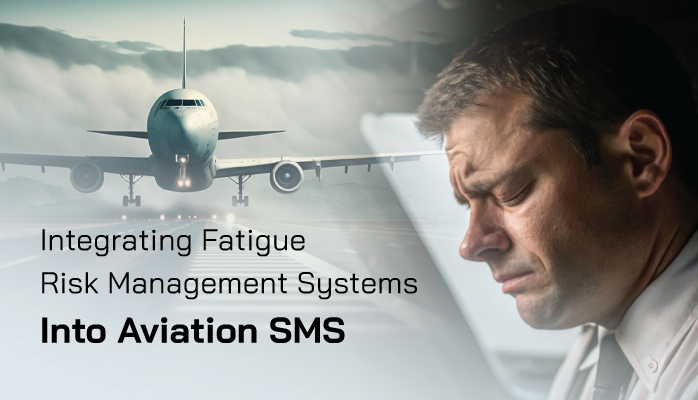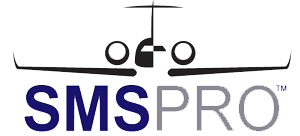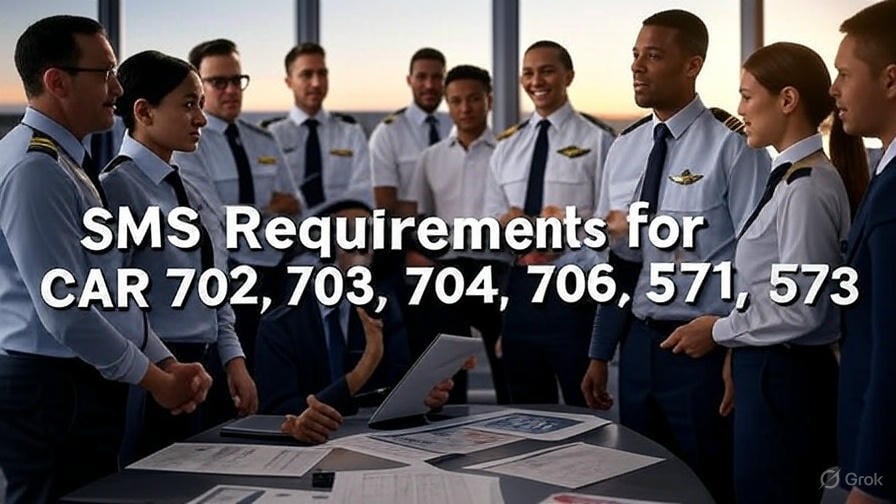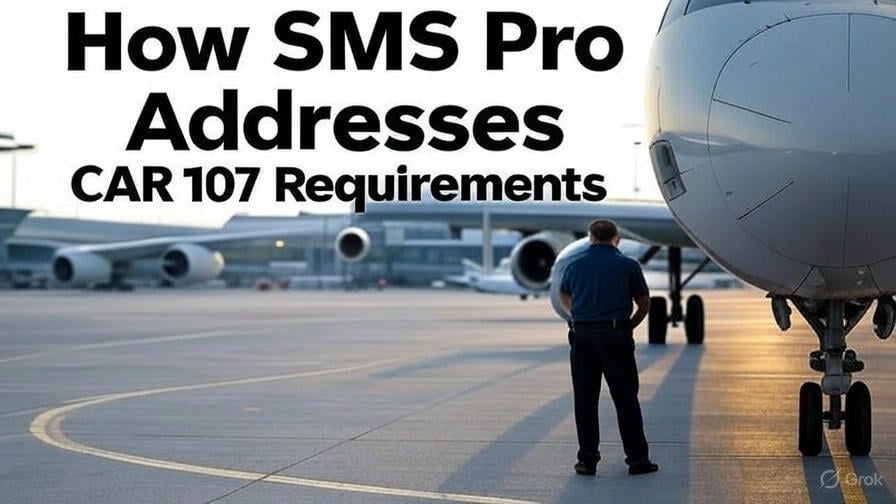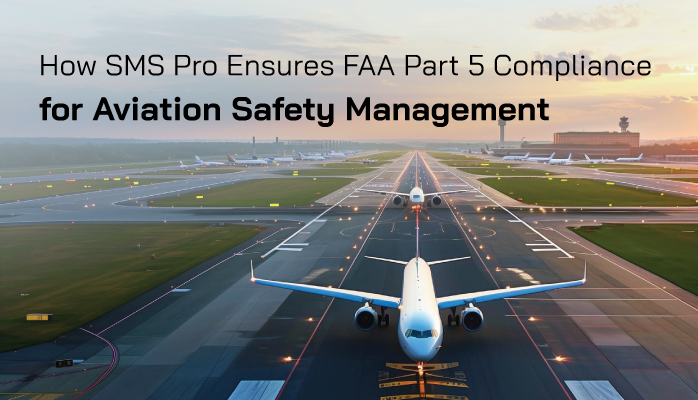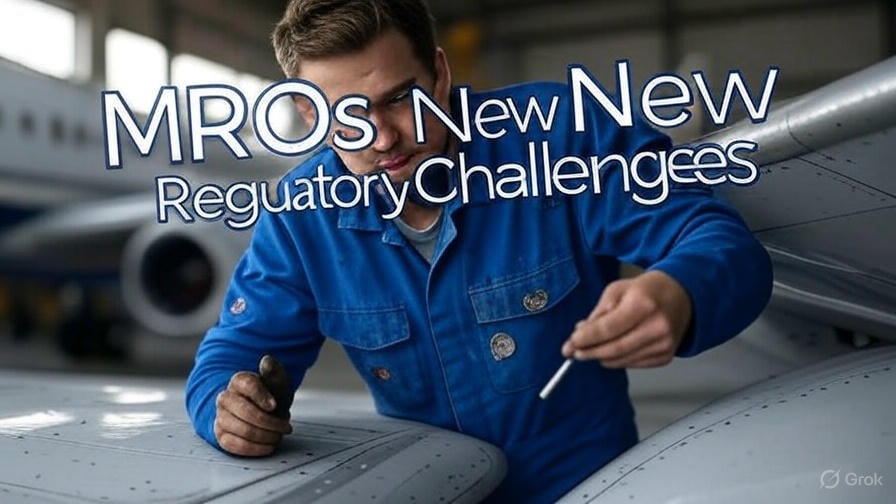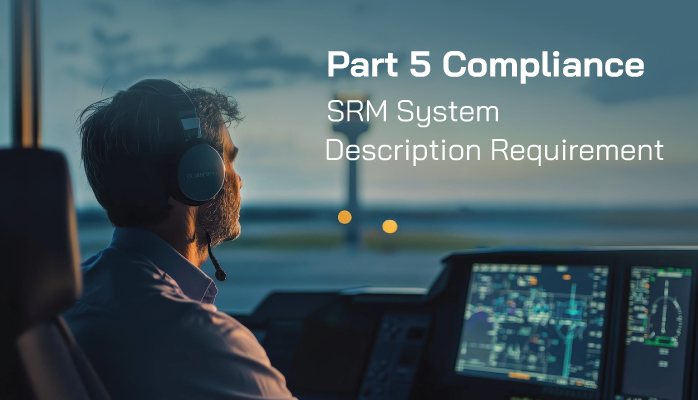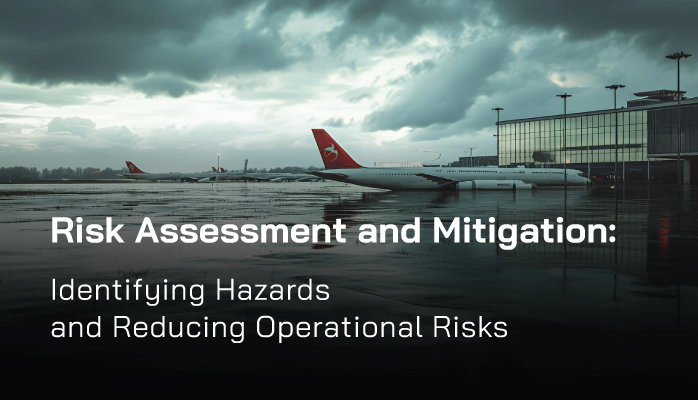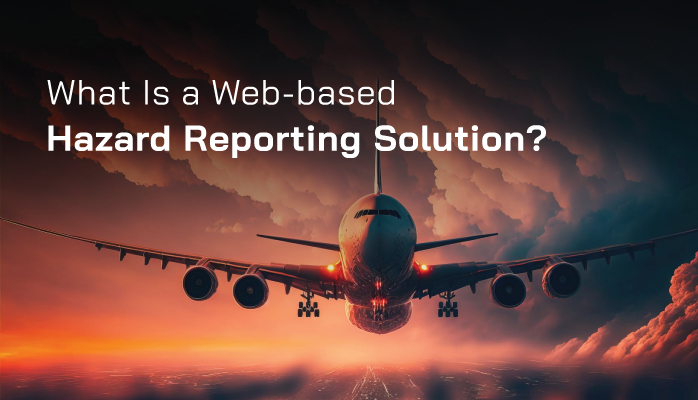For new aviation safety managers, writing a system description for a Safety Management System (SMS) can feel daunting. The system description is a foundational document that summarizes an organization’s processes, activities, and interfaces, serving as the starting point for hazard identification and safety risk assessment.
It outlines the aviation system in which the organization operates, including internal and external entities, authorities, and interfaces that contribute to safe service delivery.
A well-crafted system description is critical for implementing an effective SMS, ensuring compliance with International Civil Aviation Organization (ICAO) Annex 19 and national regulations like the FAA’s 14 CFR Part 5 or EASA’s requirements. This article provides actionable tips to help aviation safety managers quickly and effectively write a system description, streamlining the process while meeting regulatory and operational needs.
